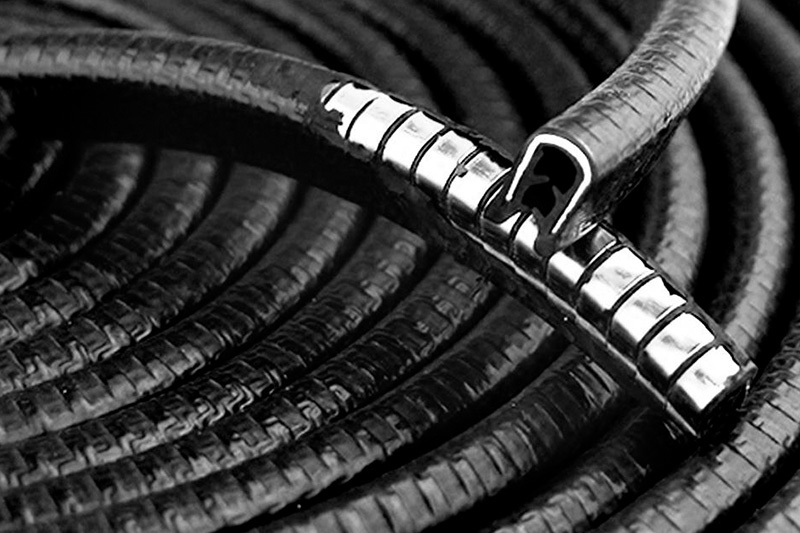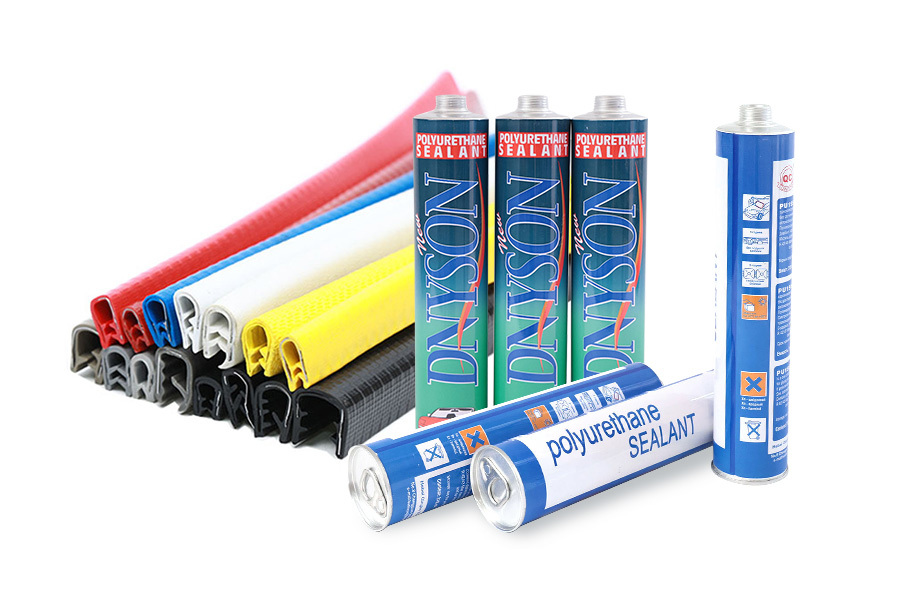When sealing a car with sealing strips, what precautions should be taken?
Oct 27,2020

In winter, whatever needs to be done must be sealed; otherwise, especially in the north, it will be damaged by freezing, including our means of transportation—cars, which must also ensure their sealing performance. At this time, sealing strips are indispensable. So what should we pay attention to when using sealing strips to seal the car? Seal several key positions:
a. By sealing the gaps between the four doors and the car body, the vehicle's sealing performance can be effectively improved, reducing wind noise. Sealing strips can also be applied to the inner side of the doors.
b. Additionally, sealing strips should be applied around the sunroof to effectively improve sealing, dustproofing, and waterproofing; wrapping the air conditioning refrigerant pipes can enhance cooling efficiency.
c. Sealing the front edge, rear edge, and side edges of the vehicle: Lift the hood and apply sealing strips to the matching areas between the front edge, rear edge, and side edges of the hood and the car body. This can effectively seal the gaps between the hood and the car body, allowing air to flow through the intake grille more quickly while driving, improving heat dissipation performance.
d. Before installing the glass in the vehicle doors and windows, carefully remove debris from the grooves, such as mortar, brick chips, wood pieces, etc. When placing the glass, ensure it is properly centered, guaranteeing even gaps on both sides, and promptly correct and secure it to prevent collisions and displacements from the groove center. The rubber sealing strip should not be pulled too tight; the length of the material should be 20-30mm longer than the assembly length. During installation, it should be embedded properly, with a flat surface, in close contact with the glass and the glass groove, ensuring even force around the glass.
Previous article
Next







